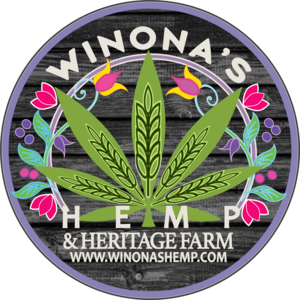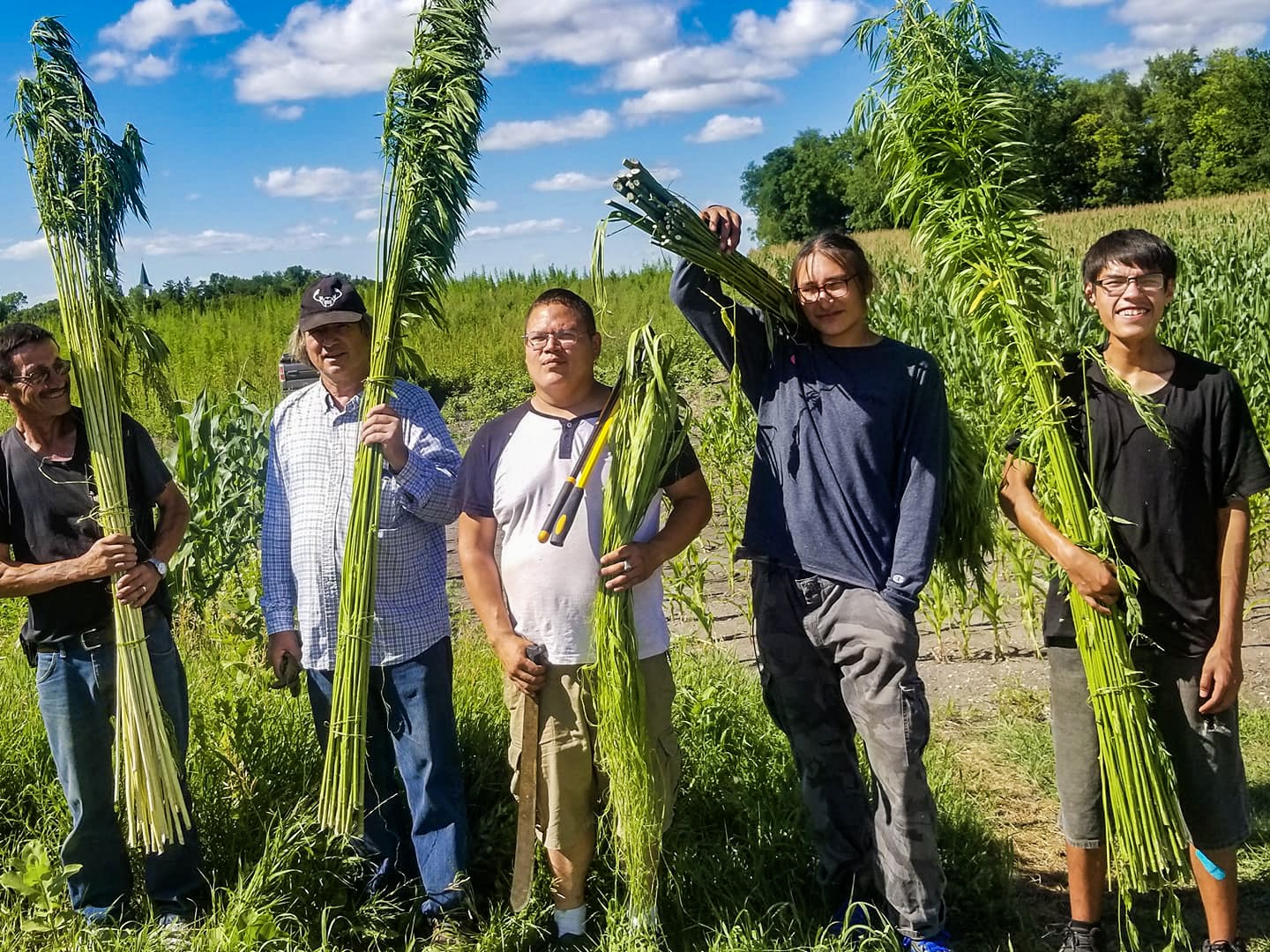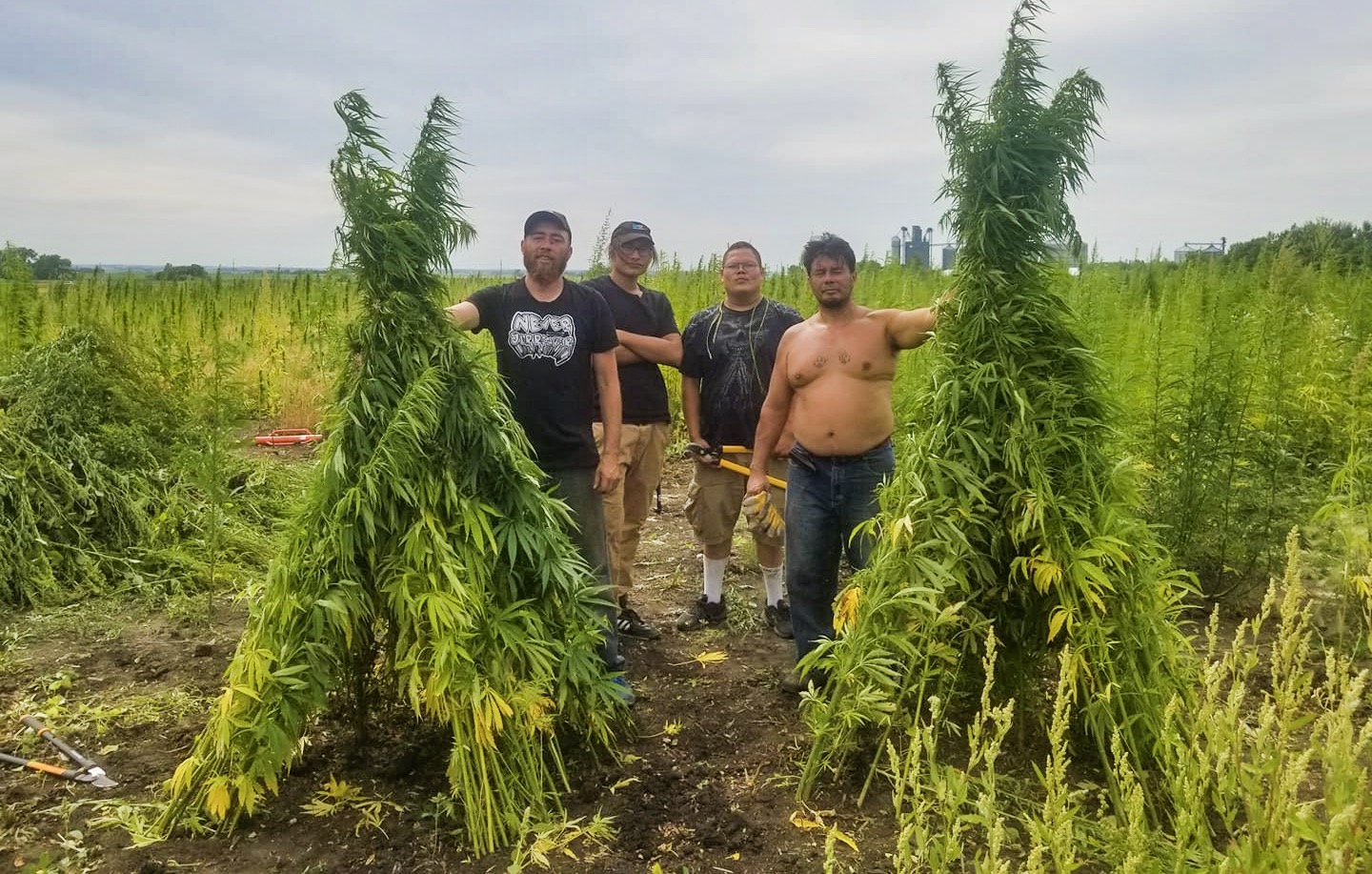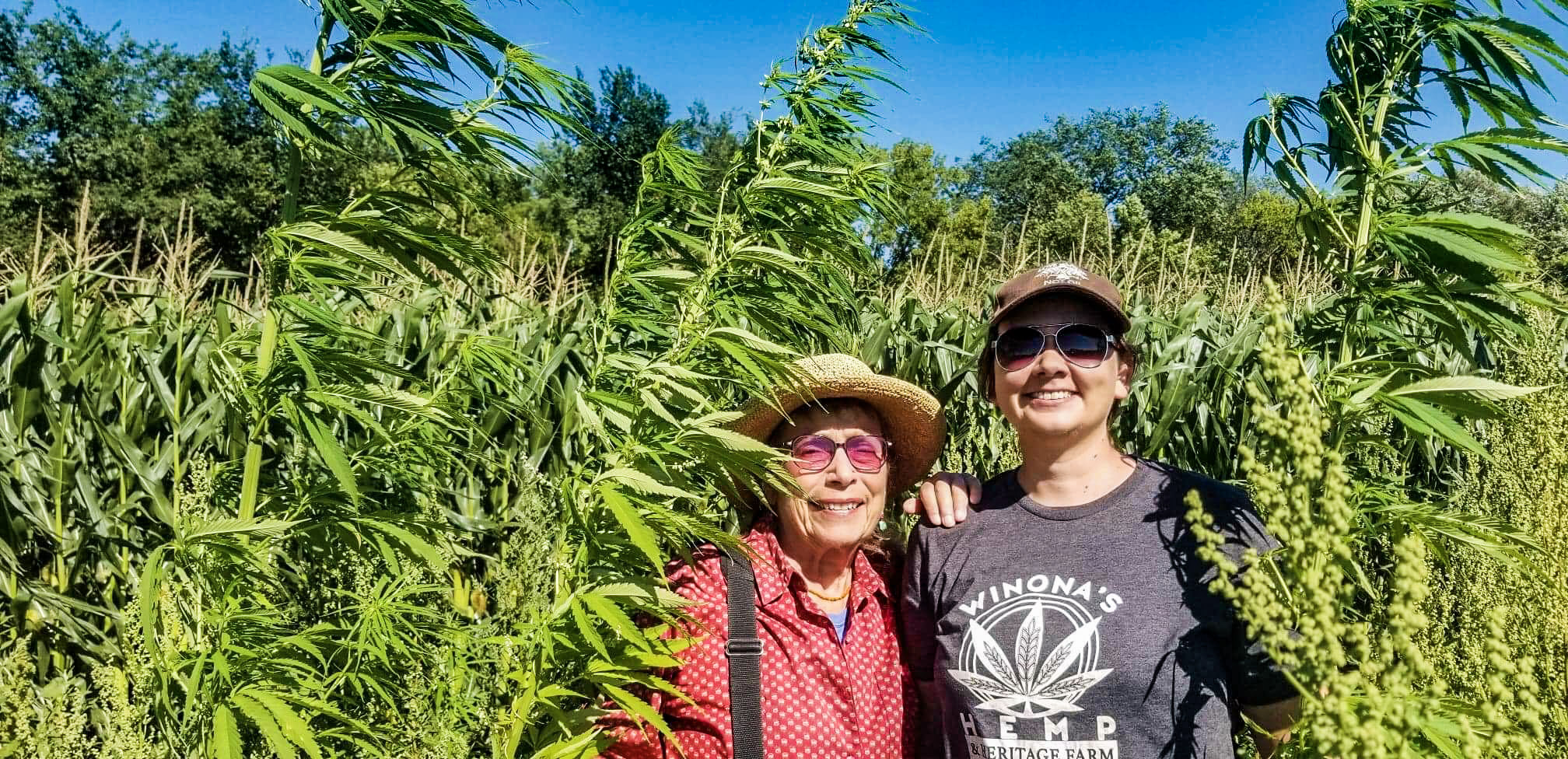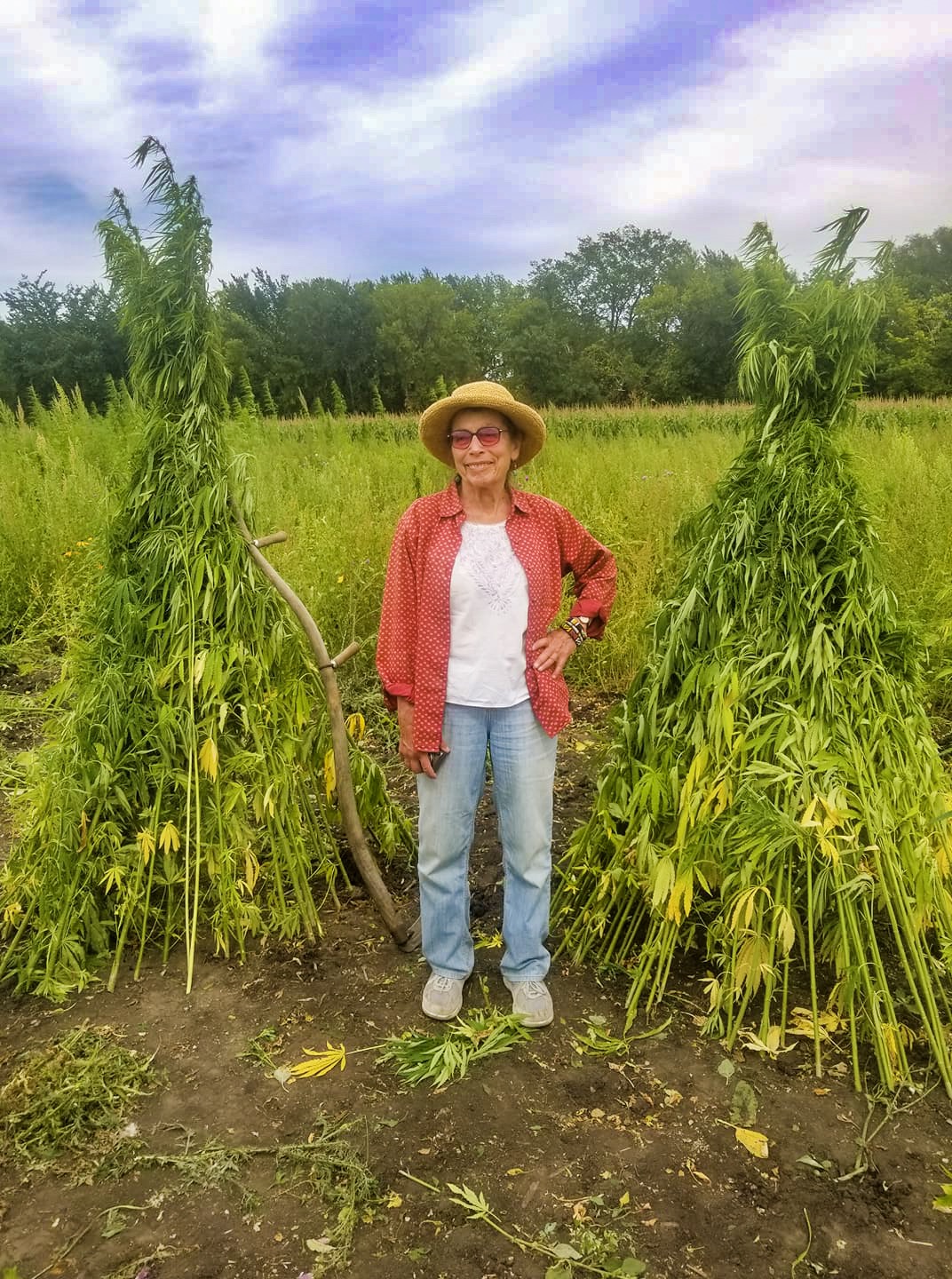Hemp: WHY AND HOW
HEMP. WHAT ABOUT IT?
It’s about three times the tensile strength of cotton, mold and UV resistant, uses very little water, pesticides or fertilizers, builds soil… and until the 1920s was about 80% of the clothing made in the US.
We know that our current clothes are not sustainable.
New studies indicate that the fibers in our clothes could be poisoning our waterways and food chain on a massive scale. Microfibers – tiny threads shed from fabric – have been found in abundance on shorelines where waste water is released. Researchers are researching the source of these plastic fibers.
In a 2016 study, researchers at the University of California at Santa Barbara found that, on average, synthetic fleece jackets release 1.7 grams of microfibers each wash. It also found that older jackets shed almost twice as many fibers as new jackets. The study was funded by outdoor clothing manufacturer Patagonia, a certified B Corp that also offers grants for environmental work.
“These microfibers then travel to your local wastewater treatment plant, where up to 40% of them enter rivers, lakes and oceans,” according to findings published on the researchers’ website.
Those fibers are bio-accumulating in the fish. Microbeads, recently banned in the US, are a better-known variety of microplastic, but recent studies have found microfibers to be even more pervasive.
In a groundbreaking 2011 paper, Mark Browne, now a senior research associate at the University of New South Wales, Australia, found that microfibers made up 85% of human-made debris on shorelines around the world. That’s a pretty disgusting thought. Simply stated, I don’t want to have eaten fish for 50 years and then say, ‘Oh, whoops.’
Add to that the problems with manufacturing. Nylon manufacturing creates nitrous oxide, a greenhouse gas 310 times more potent than carbon dioxide. Making polyester uses large amounts of water for cooling, along with lubricants which can become a source of contamination. Both processes are also very energy-hungry. Rayon made from wood pulp seems cool, except that it’s treated with hazardous chemicals such as caustic soda and sulfuric acid.
Cotton would seem to be the easiest answer, except it’s drinking up our water and getting it contaminated. Think about this: half the world’s clothing is cotton, about 20 million tons produced annually. It can take more than 5283 gallons of water to make a single T-shirt and pair of jeans. 73% of global cotton harvest comes from irrigated land, and the ground water is getting contaminated. Agriculture, sadly, is the largest source of pollution in most countries. 2.4% of the world’s cropland is planted with cotton, and yet it accounts for 24% and 11% of the global sales of insecticide and pesticides respectively. (Minnesota and North Dakota, tragically already have widespread aquifer and lake contamination from industrialized agriculture).
Hemp is the best answer to our problems.
At Winona's Hemp & Heritage Farm we are working to find ways to process our hemp and make clothes that are sustainable and kind to the earth.
OUR HEMP STORY
In 2015, Winona's Hemp secured Minnesota permits to grow hemp. We began first with a tribal field near Callaway on the reservation, and then on our own land. Our work is in developing the varieties of hemp. That's to say that while marijuana, the famous cousin of hemp has had tremendous work in varietal development, not so with hemp. The seeds are expensive, imported from France, China, Spain, and elsewhere, and if we are really going to grow out millions of acres of hemp, we will want to have our own seeds.
We began with feral varieties. That's to say, that "ditchweed" is still here — hemp varieties which survived criminalization and continued to grow in ditches, fields along rivers, and more. They were considered criminal plants but they are resilient and adapted to this region.
That's the hemp we are working with, and that hemp is being bred for straight, non branching, tall varieties, which can be processed (decorticated) to create both hemp fibers for textiles and hemp hurd for construction. We figure that if a plant survived illegally for seventy or eighty years, it is powerful and resilient. That' what we need for the future.
For three years, we have been working with the University of Minnesota to grow out these varieties, and also working with other tribal farmers in the northern plains to collect these varieties or the seeds from their fields. We are working with farmers on the Sisseton and Cheyenne River reservation, as we know that the next economy will require cooperation , not competition. And we see the link between hemp, and our survival.
TRIBAL HEMP FIELD LEASE
Tribal Lease 80 Acres
The tribal leased land, last year was the site of some extensive soil building and bioremediation work. The acreage is in the midst of some significant industrial agriculture contamination, and was heavily abused by the previous lessees. We had good success with fish emulsion and soil work adding to that corn and beans production on the field. Last year, we fenced approximately 3 acres upon which to focus, and received a USDA grant to put part of the land back into prairie. We have worked in the areas, closest to other biodiversity ( as opposed to the main body of the field, which until our arrival, had been denuded of most life). The field is challenging upon which to work, and yields of hemp last year were not good. The variety we grew was X 59. The corn, beans, squash , bergamot, and Jerusalem artichoke varieties were good, and we added in some fruit trees. In particular, these perennials seemed to thrive on the prairie, and we will continue and expand them.
This year, we are working to improve the soil in the larger fields, continuing with prairie restoration, and focusing more on bioremediation in the larger field and some of the fenced field. We think that we will be building more raised beds to make new soil, and over time hope to create more good soil in a depleted world. We will keep nurturing more biodiversity. We noted significantly more insects in the field than last year. Our longer term strategy is to restore this tribal 80 to organic agriculture, and with the growth of a regional organic fiber hemp industry, move our neighbors towards this as well. This year, we will continue some small trials in those fields, focusing on heritage potatoes, beans ,corn, bergamot, Jerusalem artichokes, as well as fruit and nut trees. We plan to also investigate irrigation for these fields using wind and drip irrigation systems.
Tribal Hemp Field Lease
We were fortunate to inherit the tribal hemp field from the White Earth tribe. Last year, they went to great lengths to secure premium fiber varieties from French, Italian, Ukrainian, and Canadian hemp cultivars. With a very successful crop, the tribe created a strong foundation. Since the hemp crop was not harvested, the field reseeded itself. We harvested significant amounts of stalks for fiber, and are investigating the decordication options available after a successful retting of the field this past year. We intend to expand these cultivars which are now in their second year of adaption to northern Minnesota. We anticipate in the upcoming year to grow out wild cultivars in these fields from Nebraska and Minnesota, to strengthen the varieties. Our goal is to develop quality hemp fiber varieties in this and other fields. We will also grow some beans in this field as the field is very rich.
